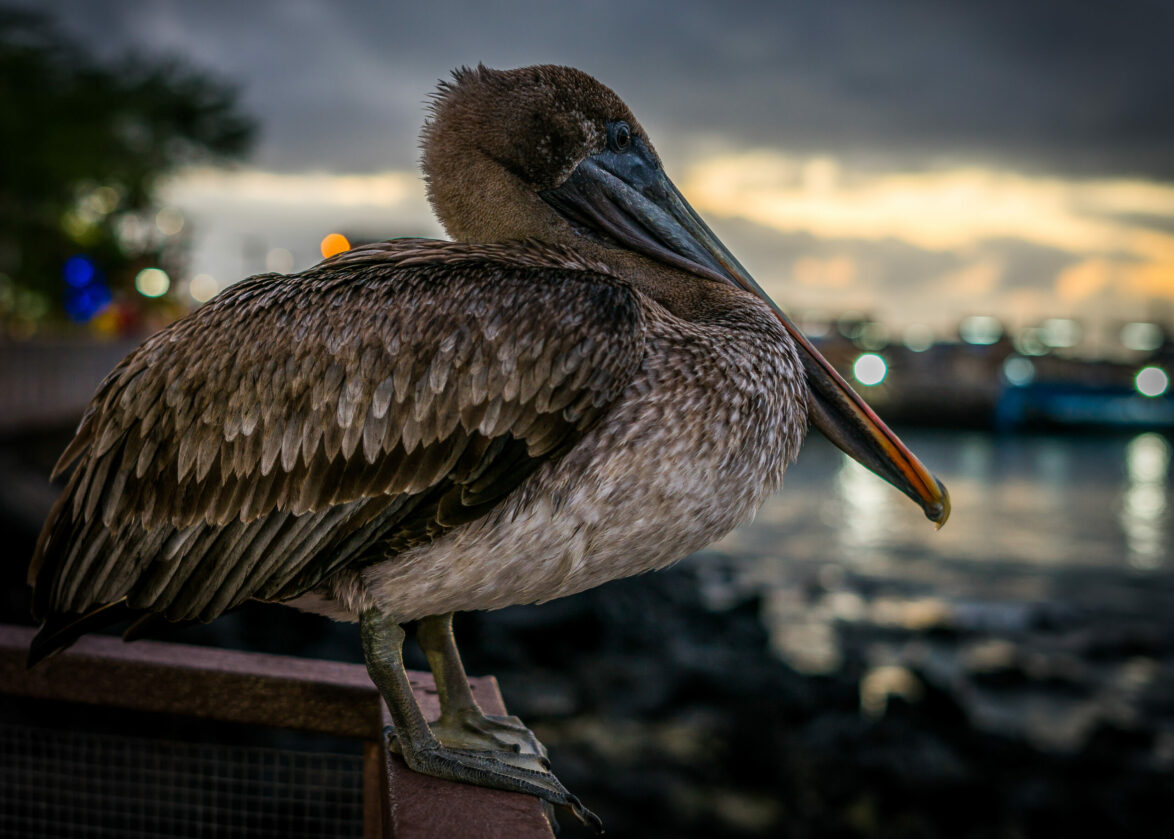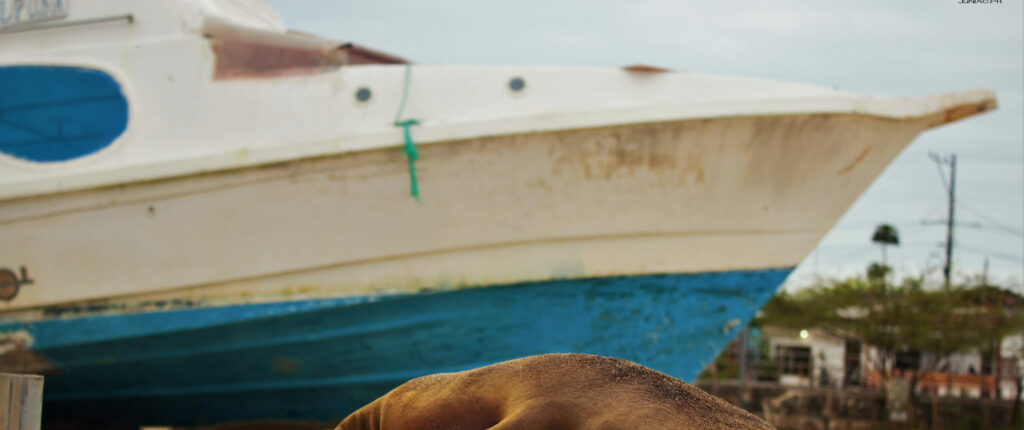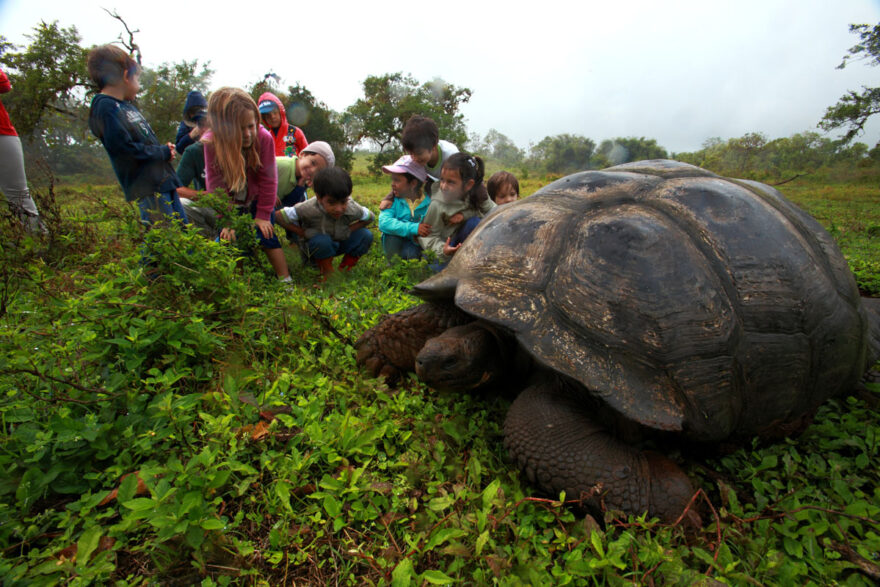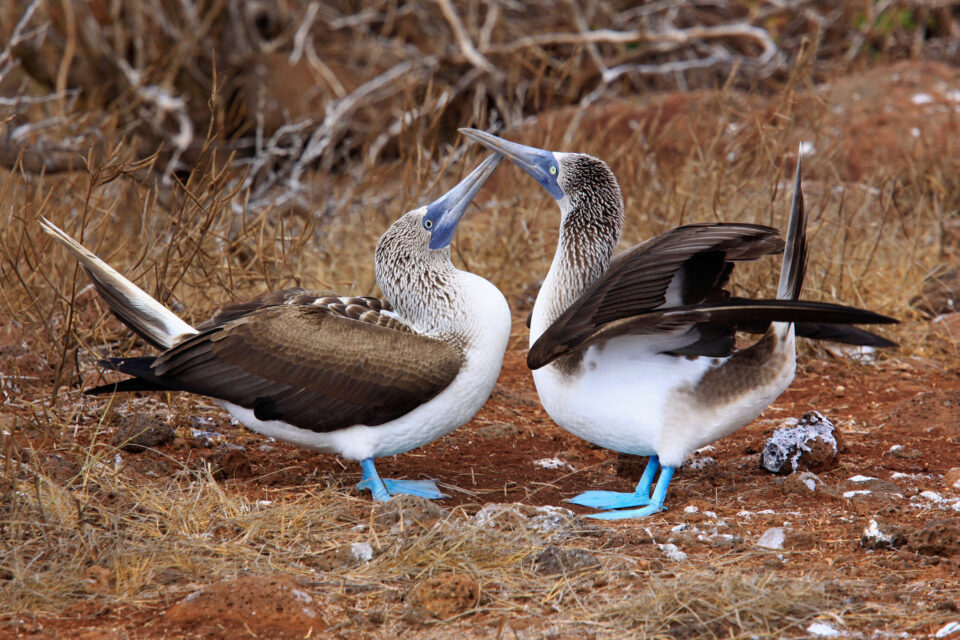
Island overview
San Cristobal is one of the oldest of the Galapagos Islands geologically, and is composed of three or four fused volcanoes, all extinct. The island is the most fertile in the Archipelago, and a small lake called El Junco is the only permanent source of fresh water in the Galapagos Islands.
San Cristobal is one of the oldest of the Galapagos Islands geologically, and is composed of three or four fused volcanoes, all extinct. The island is the most fertile in the Archipelago, and a small lake called El Junco is the only permanent source of fresh water in the Galapagos Islands.
The availability of fresh water is what led to the early settlement of San Cristobal, and the island is home to the oldest permanent settlement in Galapagos. It’s also where Charles Darwin first landed ashore in 1835. A penal colony was built on San Cristobal in 1880 for prisoners from mainland Ecuador, which later turned into a military base and export centre for the island’s products, including sugar, coffee, cassava, cattle, fish and lime.
The capital of the Ecuadorian province of Galapagos, Puerto Baquerizo Moreno, lies at the south-western tip of San Cristobal. This town is home to many government offices, an Ecuadorian navy facility and an airport with daily flights to the mainland. The majority of its inhabitants make their living in government, tourism and artisanal fishing. San Cristobal is also home to the largest of the fishing fleets in Galapagos.
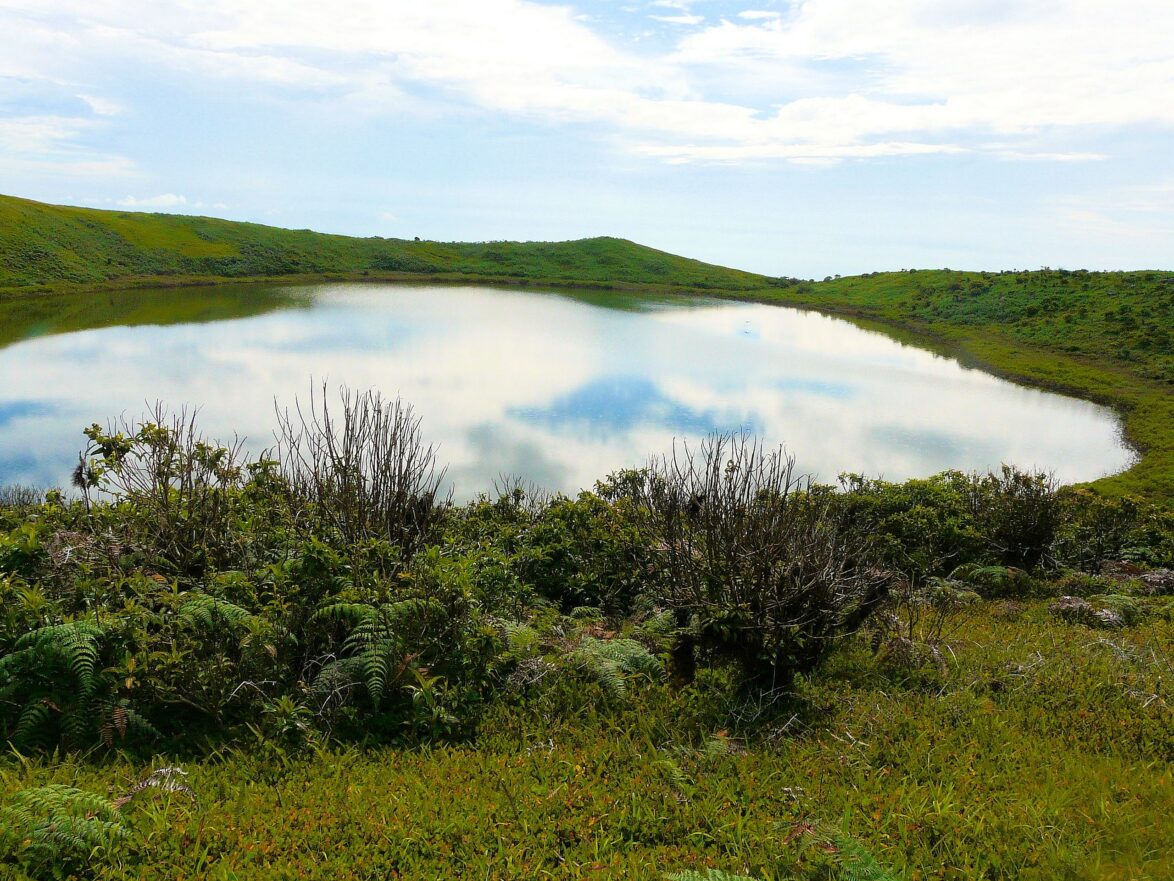
El Junco lake is located in a crater in the highlands of San Cristobal, in the southern half of the island. The lake harbours a large bird population but reaching it requires a short uphill walk. Nearby, La Galapaguera is a breeding station and sanctuary for giant tortoises.
The tiny islet of Isla Lobos, just off the coast of San Cristobal, is a seasonal nesting location for blue-footed boobies, although it is named after the colony of sea lions and fur seals that are sometimes present there. Frigatebirds have also nested there in recent years. The islet is tranquil and scenic, and it’s a great place for snorkelling with marine iguanas and spotting Sally Lightfoot crabs on the lava rocks along the shoreline. Red-footed boobies, Nazca boobies and swallow-tailed gulls are also a common sight.
Less commonly seen birds such as yellow warblers and numerous species of finches occasionally appear at various points around San Cristobal. There is also a chance that visitors might see white-cheeked pintail ducks, common gallinules and the Chatham mockingbird. Manta rays, sea turtles and sharks are often spotted in the waters surrounding the island, along with numerous pelagic fish species and eagle rays.
Wildlife highlights

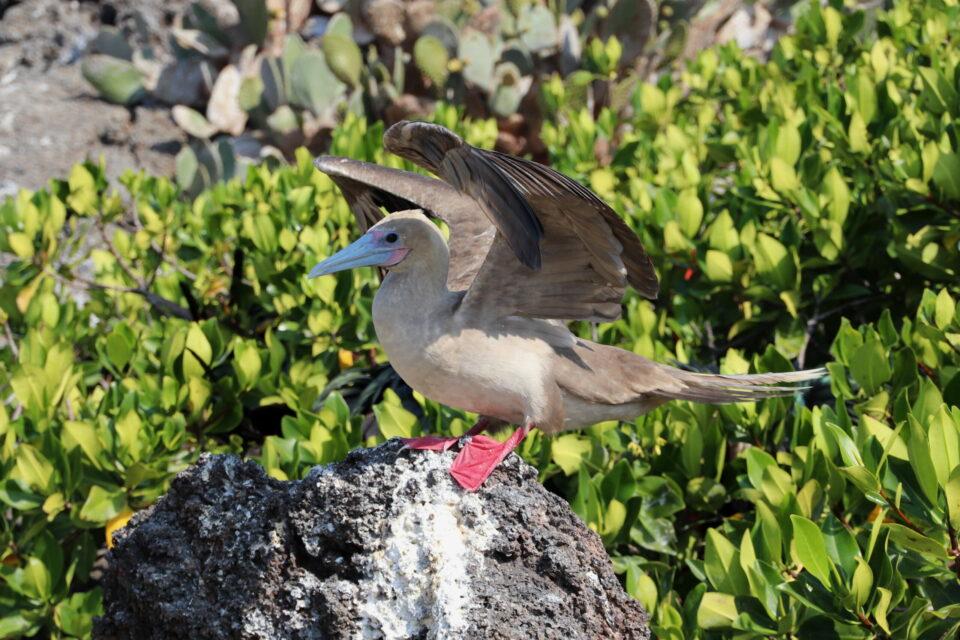
Red-footed booby
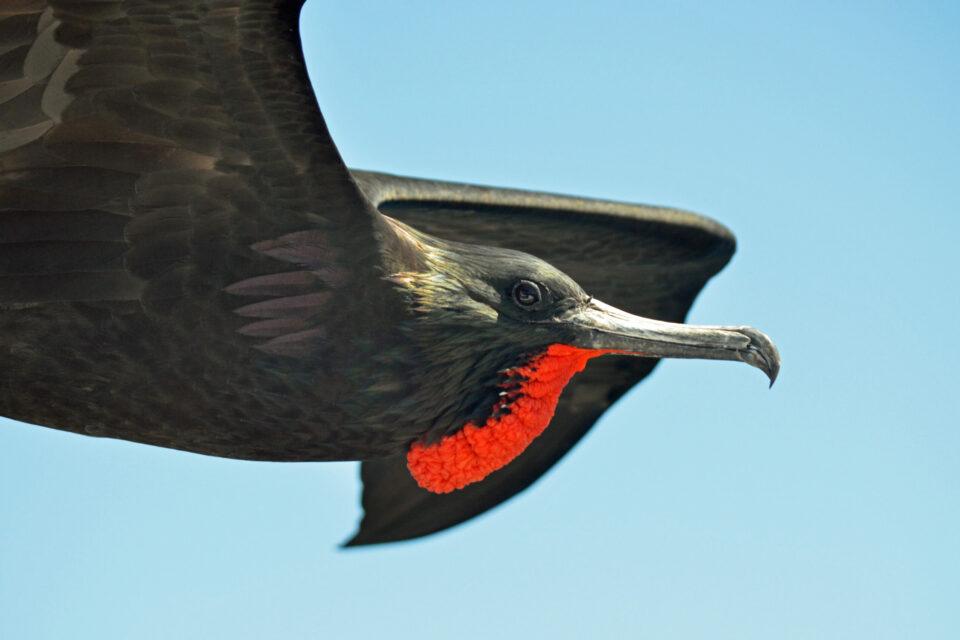
Magnificent frigatebird

Galapagos sea lion
Conservation challenges
San Cristobal is home to many highly endangered plants, including miconia bushes and endemic tree ferns. Its vegetation includes the endemic pink and white flower Calandrinia galapagosa, the endemic yellow flower Lecocarpus darwinii, and trees such as guayacan (Lignum vitae) and Matazarna.
Due to the intensive use of the highlands of San Cristobal, the presence of goats and aggressive introduced plant species such as the guava and blackberry have decimated many native and endemic plant species. In the late 1990s, a complete survey of the island was initiated to locate rare and endangered plant species. While many of the most endangered species were located, their survival remains in doubt without reducing the population of feral ungulates, primarily goats. However, work is being carried out to reduce their impact, and almost 50% of the feral goats have been removed from San Cristobal Island.
San Cristobal is also extremely susceptible to potential new introductions of exotic and sometimes aggressive species due to the presence of an airport and a port. Several of the more serious introductions have occurred first in San Cristobal, including the black fly (Simulium bipunctata), which was introduced in 1990. This fly has caused problems for farmers in the highlands where it is most common. It sucks blood from both humans and farm animals, leaving a poison that in some cases has resulted in the death of animals.
